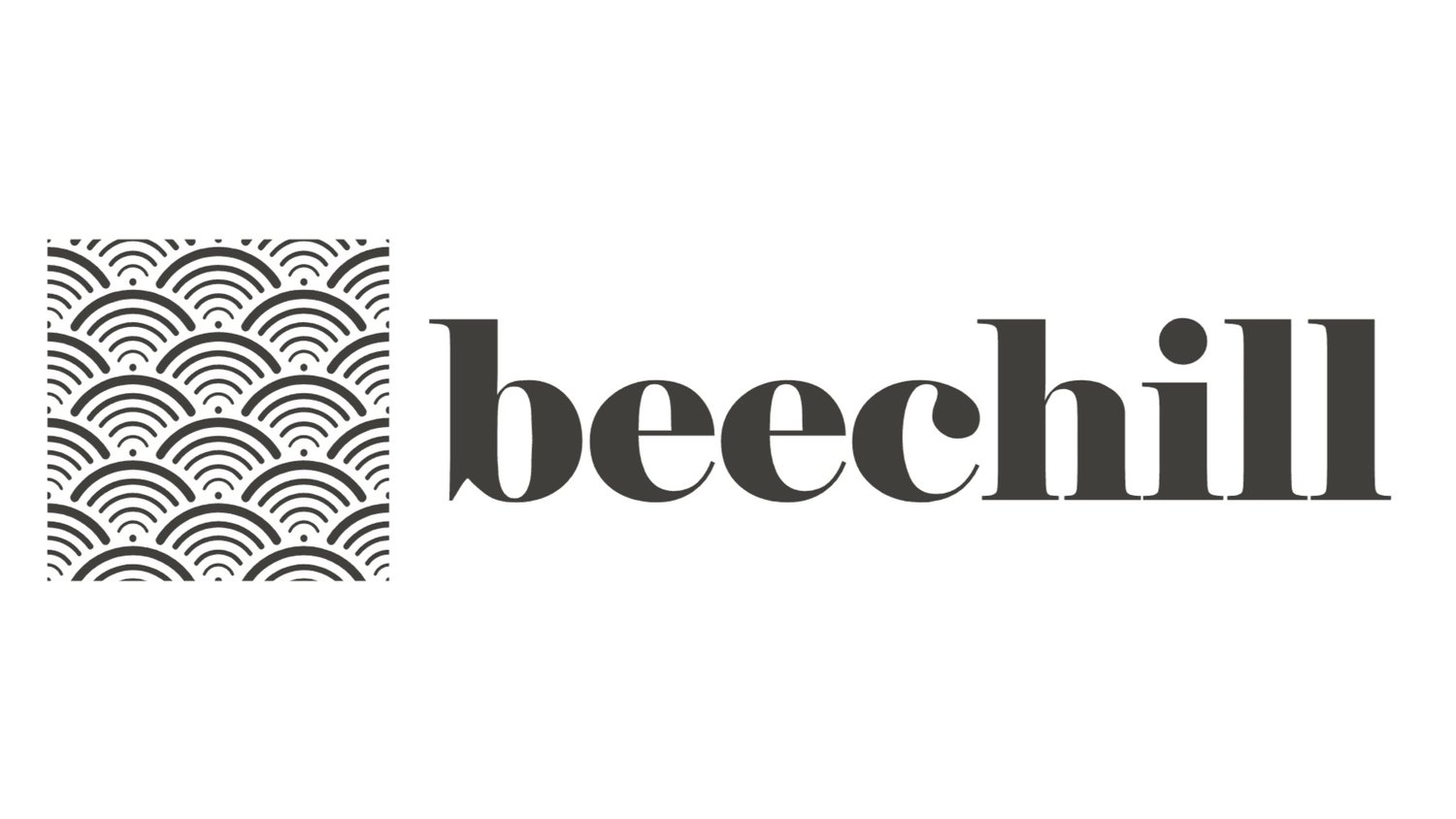🕵️♂️The Importance of Regular Property Inspections: A Landlord’s Guide
Regular property inspections are one of the most essential – yet often overlooked – responsibilities of being a landlord. Inspections aren’t just about checking for damage; they’re about maintaining compliance, preserving property value, and building a professional relationship with your tenant.
In this guide, we’ll explore why property inspections matter, how to carry them out effectively, and what legal considerations landlords must bear in mind in 2025.
🏠 Why Regular Inspections Matter
Conducting property inspections throughout a tenancy allows landlords to:
Spot maintenance issues early – Leaky taps, mould, or faulty appliances can be resolved before they escalate into costly repairs.
Ensure tenant compliance – Landlords can ensure the property is being used in accordance with the tenancy agreement.
Remain legally compliant – Regular inspections demonstrate that you are fulfilling your legal duties as a landlord.
Protect your investment – A property is a major asset, and regular check-ins help maintain long-term condition and value.
Inspections are not about invading privacy—they’re about proactive management, mutual respect, and long-term stability.
📅 How Often Should Inspections Be Carried Out?
Most professional property managers recommend inspections every 3 to 6 months during a tenancy. A typical schedule might include:
Initial check: 1-2 months after move-in
Mid-term inspection(s): Every 3-6 months thereafter
Final check: At the end of tenancy (check-out inspection)
Inspections should be spaced reasonably, respecting tenants’ right to quiet enjoyment of their home.
⚖️ Legal Considerations for UK Landlords
Landlords must provide a minimum of 24 hours’ written notice before entering the property for an inspection, under the Housing Act 1988. Entry must be at a reasonable time of day, and you cannot enter without tenant consent (except in emergencies).
You should also:
Document the inspection and share a copy with the tenant
Avoid inspecting too frequently, which could be viewed as harassment
Include your right to inspect in the tenancy agreement
Failure to follow these protocols could lead to legal challenges or complaints.
🧾 What to Look For During an Inspection
Here’s a checklist of what landlords or property managers should review during an inspection:
Inside the property:
Signs of mould, damp or condensation
Functionality of smoke alarms and CO detectors
Leaks under sinks or in bathrooms
Cleanliness and general condition
Unauthorised occupants or pets (if not permitted)
Signs of smoking or structural damage
Outside the property:
Blocked gutters or drains
Condition of windows, roof, fences or garden areas
Rubbish or pest problems
Use a standardised inspection report template to ensure consistency and keep records for future disputes or insurance claims.
🔧 The Benefits of Proactive Maintenance
Regular inspections not only identify issues – they also allow landlords to schedule preventive maintenance, which can:
Reduce long-term repair costs
Increase tenant satisfaction and retention
Protect rental income by reducing void periods
Demonstrate duty of care (important for legal and insurance purposes)
For example, identifying a small leak during an inspection can prevent a major water damage claim later on.
👥 Strengthening Tenant Relationships
Inspections can actually enhance the landlord-tenant relationship when done professionally. They show the tenant you care about the condition of the home and are willing to address issues promptly.
Always:
Be polite and punctual
Thank the tenant for maintaining the property well (if applicable)
Discuss findings collaboratively
Provide a follow-up email or letter with a summary and any action points
A positive inspection experience can build goodwill and make tenants more inclined to renew their lease.
🧑💼 How Beechill Handles Inspections
At Beechill, we include routine inspections as part of our fully managed service, with detailed digital reports, photos, and transparent updates for our landlords. Our inspections are proactive and thorough, focusing on long-term property protection and tenant satisfaction.
We also ensure all legal protocols are followed to the letter—protecting our clients from unnecessary disputes or liabilities.
💬 Final Thoughts
Regular property inspections are more than a box-ticking exercise—they are a core component of successful property management. They help landlords stay compliant, protect their investment, and foster better relationships with tenants. With the increasing regulations in the UK rental market, inspections are now a vital tool for staying one step ahead.
Want a team that handles inspections and compliance for you?
Contact Beechill for a transparent, proactive management service.
📚 References
Gov.uk, 2024. Renting out your property (England and Wales). [online] Available at: https://www.gov.uk/renting-out-a-property
NRLA, 2025. Conducting Mid-Term Property Inspections. [online] Available at: https://www.nrla.org.uk Shelter, 2024. Landlord Responsibilities and Tenant Rights. [online] Available at: https://england.shelter.org.uk
National Trading Standards, 2023. Property Inspection Guidelines for Lettings Agents. [online] Available at: https://www.nationaltradingstandards.uk

